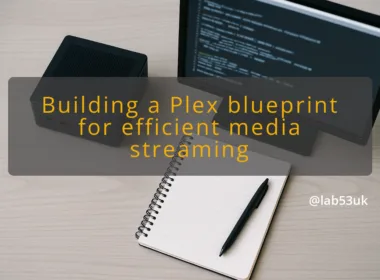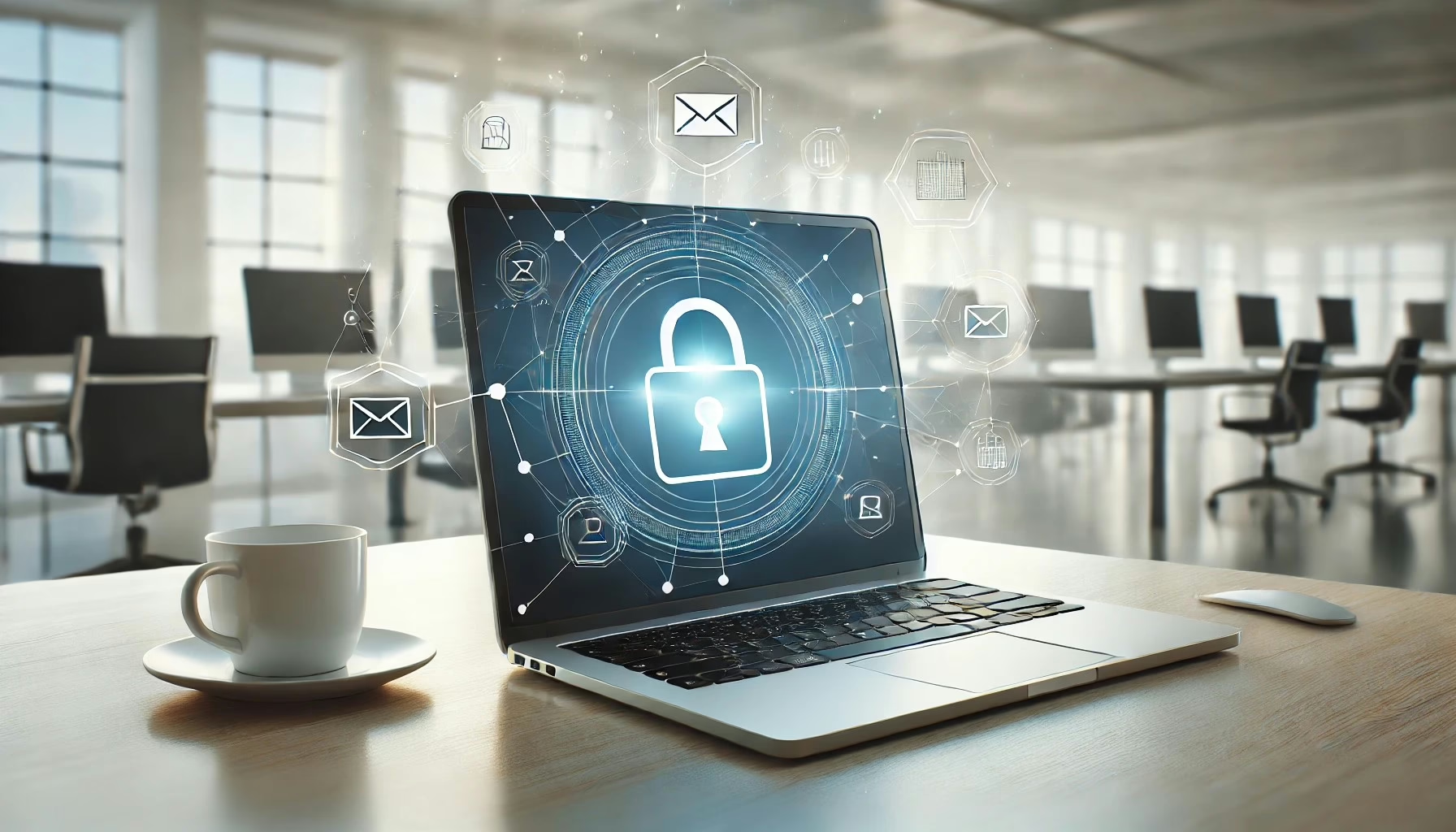Ah, email—the lifeline of the modern workplace. We send countless messages every day, blissfully unaware that lurking in the shadows are cybercriminals ready to pounce. With nearly 30 years in the IT industry, I’ve seen it all: from the days of AOL dial-up to the sophisticated AI-driven security threats we face today. In this cheerful and slightly humorous dive into email security, we’ll explore why protecting your inbox is crucial and how to set up SPF, DKIM, and DMARC records to keep those pesky cyber threats at bay.
Why Email Security Matters More Than Ever
Email remains the primary communication channel for businesses, making it a juicy target for cyber attackers. Phishing, ransomware, and Business Email Compromise (BEC) are just a few of the methods these digital miscreants use to wreak havoc. In 2024, email security isn’t just about protecting sensitive information—it’s about safeguarding the very lifeblood of your business operations.
Phishing: Modern phishing attacks are more sophisticated, often employing social engineering techniques to trick even the most vigilant users. Attackers create realistic-looking emails that can bypass traditional security measures (Cloudwards) (Vade).
Ransomware: Ransomware-as-a-Service (RaaS) is the latest trend, enabling even novice hackers to launch devastating attacks. Once inside your system, ransomware can lock down critical files, demanding hefty ransoms for their release (Guardian Digital) (MX Layer).
Impersonation: Spear phishing attacks, where attackers impersonate trusted entities, are becoming increasingly common. These attacks often involve forwarding fake email threads to make the scam appear legitimate (Vade).
Implementing SPF, DKIM, and DMARC: The Holy Trinity of Email Authentication
To counter these threats, implementing SPF, DKIM, and DMARC is essential. These protocols work together to verify the authenticity of email messages and prevent spoofing.
SPF (Sender Policy Framework): SPF allows domain owners to specify which mail servers are permitted to send email on their behalf. This is done by publishing SPF records in the domain’s DNS settings. When an email is received, the receiving server checks the SPF record to ensure the email was sent from an authorized server.
Steps to create an SPF record:
- Identify the mail servers that send email on behalf of your domain.
- Create an SPF record specifying these servers.
- Add the SPF record to your domain’s DNS settings.
Example SPF Record:
v=spf1 include:example.com ~allThis record indicates that the domain example.com is allowed to send emails on behalf of your domain.
DKIM (DomainKeys Identified Mail): DKIM adds a digital signature to emails, which is verified by the recipient’s server against a public key published in your domain’s DNS records. This ensures that the email has not been altered in transit and confirms the sender’s identity.
Steps to create a DKIM record:
- Generate a public/private key pair.
- Configure your email server to sign outgoing emails with the private key.
- Publish the public key in your domain’s DNS settings as a TXT record.
Example DKIM Record:
v=DKIM1; k=rsa; p=yourpublickeyDMARC (Domain-based Message Authentication, Reporting & Conformance): DMARC builds on SPF and DKIM by adding an additional layer of verification. It allows domain owners to specify how emails that fail SPF or DKIM checks should be handled (e.g., rejected or quarantined) and provides a mechanism for reporting back to the domain owner about failed checks.
Steps to create a DMARC record:
- Decide on your DMARC policy (none, quarantine, or reject).
- Create a DMARC record specifying the policy and where to send reports.
- Add the DMARC record to your domain’s DNS settings.
Example DMARC Record:
v=DMARC1; p=quarantine; rua=mailto:po********@*****le.com" data-original-string="DJ8xJeQUad4Vf6ffZ4H4CQ==37955HR1+ccBG4KchwN5nZa34HX4w1cJ2742MBByycVkbFcHj96iRKIMN/lxhNtHbVy" title="This contact has been encoded by Anti-Spam by CleanTalk. Click to decode. To finish the decoding make sure that JavaScript is enabled in your browser.Beyond Basics: Advanced Email Security Practices
While SPF, DKIM, and DMARC are critical, they are just part of a broader email security strategy. Here are some additional practices to bolster your defences:
AI-Powered Threat Detection: Leveraging AI and machine learning can help identify and mitigate sophisticated threats in real-time (Home | CSA).
Endpoint Protection: Securing individual devices with robust antivirus and antimalware solutions is essential to prevent malware from entering through email (Guardian Digital).
User Education: Regular training on phishing techniques and social engineering tactics can empower employees to recognize and report suspicious emails (Home | CSA).
Encryption: Implementing end-to-end encryption ensures that even if an email is intercepted, the contents remain unreadable to unauthorized parties (Cloudwards).
Securing your email is no laughing matter, but with the right tools and practices, you can keep those cyber villains at bay and ensure your communications remain safe and sound. Remember, in the battle against cyber threats, staying informed and proactive is your best defence.







